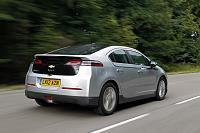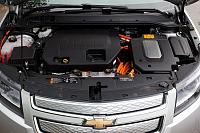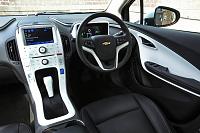Welcome to the Auto Repair Manuals.
Top 12 cars of 2012: Chevrolet Volt
4 stars based on
1 reviews
-
 Top 12 cars of 2012: Chevrolet Volt
Top 12 cars of 2012: Chevrolet Volt






Similar Threads
-
By Auto News in forum News
Replies: 0
Last Post: 08.01.2013, 08:53
-
By Auto News in forum News
Replies: 0
Last Post: 08.01.2013, 08:53
-
By Auto News in forum News
Replies: 0
Last Post: 27.12.2012, 09:28
-
By Auto News in forum News
Replies: 0
Last Post: 25.12.2012, 15:04
-
By Auto News in forum News
Replies: 0
Last Post: 24.12.2012, 08:54



 LinkBack URL
LinkBack URL About LinkBacks
About LinkBacks